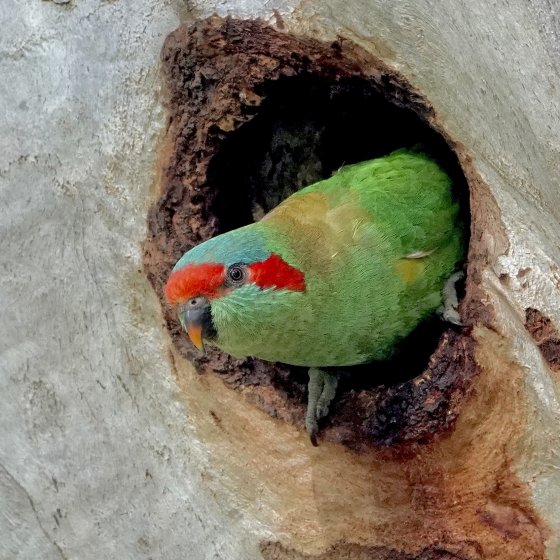- Home
- Environmental Themes
- Land
- Projects and Programs
Projects and Programs
Projects and programs in South Australia are undertaken by several agencies and stakeholders including, but not limited to:
Department for Environment and Water (DEW)
- Soil health – collation and analysis of data from a range of soil health indicators to monitor and report on trends in the health and condition of soil in the agricultural areas of South Australia.
- Changes to the legislation governing pastoral land use, aimed at further supporting carbon farming and conservation land use, via the Pastoral Land Management and Conservation (Use of Pastoral Land) Amendment Bill 2023.
- Management of national parks including co-management with Aboriginal peoples.
- Management of the Biological Databases of South Australia (BDBSA) which includes the Flora and Fauna Data Dashboard.
- Protecting biodiversity including the development of BioData-SA and a new Biodiversity Act.
- Annual reports by DEW outlining a number of projects that are undertaken by the agency.
Landscape Boards
- Alinytjara Wilurara
- Eyre Peninsula
- Green Adelaide
- Hills and Fleurieu
- Kangaroo Island
- Limestone Coast
- Murraylands and Riverland
- Northern and Yorke
- South Australian Arid Lands.
Department for Energy and Mining
- Undertakes various projects and programs into various aspects of the energy and mining industries.
PIRSA and SARDI
Citizen Science
- The Australian Citizen Science Association helps encourage, promote and coordinate Citizen Science projects.
- Landscape Boards also help coordinate citizen science projects.
Industry
- Ag Excellence Alliance - Current projects
- Primary Producers SA – Natural resources management program
- Agricultural Bureau of South Australia - Projects
- Sustainable Winegrowing Australia
- Livestock SA’s AgRi-Silience program
- Adopting the underlying principles of, or becoming an organic/certified practitioner of, Regenerative Agriculture
- ForestrySA’s conservation program
- SA Water as part of its proactive environmental leadership
- Mining companies, for example, BHP Biodiversity and Land Program
- Renewable energy companies, for example, Neoen sustainability program.
Universities
- Environment Institute – Research into climate and biodiversity and urban and regional landscapes
- University of SA – energy, resources and mining; food, wine and agriculture; and environment and water.
Aboriginal peoples
- Co-management of South Australian National Parks
- Indigenous Rangers Programs (nine in South Australia)
- Indigenous Protected Areas (10 in South Australia).
Conservation Programs
Conservation, restoration and biodiversity programs are important for protecting our land. They involve protecting and restoring habitat, breeding programs for endangered and vulnerable species and education to help raise public awareness about the importance of preserving natural resources and biodiversity.
Conservation programs are undertaken by a number of groups including, but not limited to:
- Zoos SA
- Conservation Council and their member groups
- Conservation groups (note: there are others in addition to those affiliated with the Conservation Council)
- Local councils
- Landcare Association of SA
- Australian Wildlife Conservancy
- Nature Foundation
- Australian Land Conservation Alliance
- Trees for Life
- Atlas of Living Australia – Pulls together Australian biodiversity data from multiple sources
- TERN – Provides data and mapping on terrestrial ecosystems.
Other
- Environmental accounting helps us understand environmental condition and how it relates to our economy. A dashboard is being developed by the Australian Government (DCCEEW and ABS) for the National Land Accounts that provides statistics to measure changes in land attributes over time, both from an economic and an environmental perspective.
